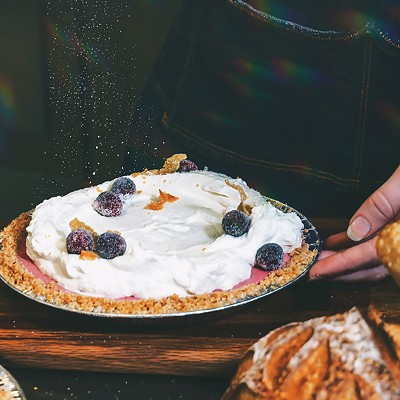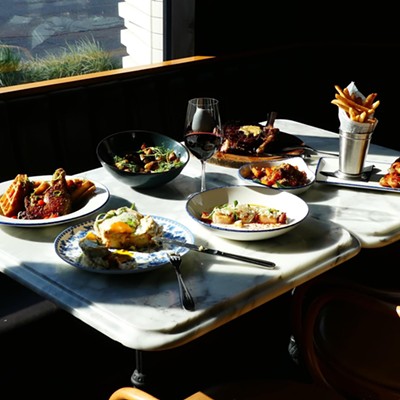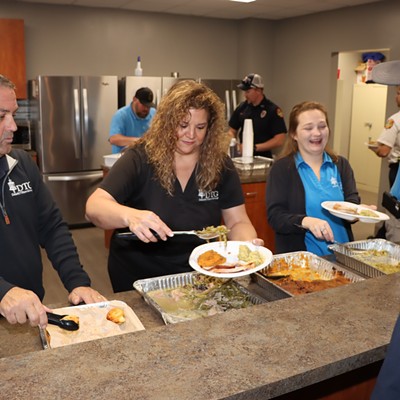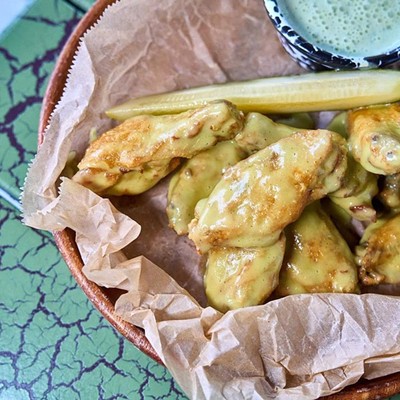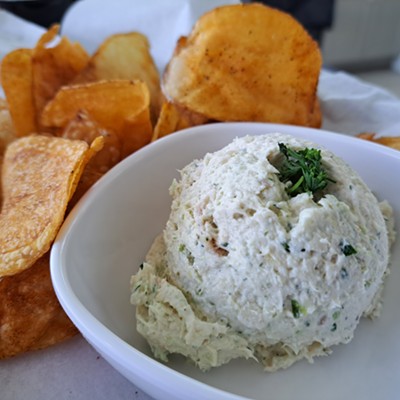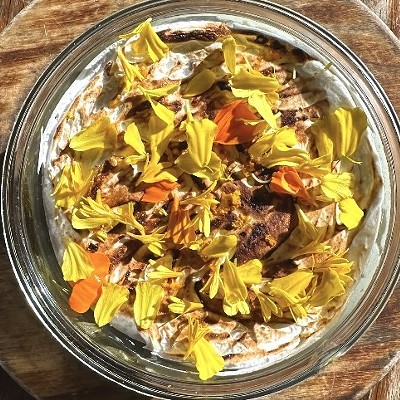AS WE swing into full holiday mode, we are nationally compelled to talk turkey.
Were you planning on frying, roasting or smoking one? They all have their place and pitfalls. Almost everyone has their favorite, and stories of the bird that went awry.
All told, the frying seems to have the most horror stories attached to it. The smoked bird has the dryness complaint, and the roasted one has the disappointingly flavorless option.
Most likely you’ve heard of the Butterball Hot Line that the operators or “Turkey Specialists” deal with callers trying to cook a frozen bird or have to prompt the would be cook to check to see if the oven is on.
All told, this can be a stress test to the limits of many. No matter how well the event may have went, the Cook knows what went wrong and this will be nailed into their consciousness FOREVER!
Traditionally, Thanksgiving Dinner started early in the morning to deal with the mountains of prep work that needed to be done. The turkey alone took 4 to 6 hours to roast along with another hour to rest before it could take its place of honor.
The mechanics behind this was the bird was filled with stuffing and roasted at a lower temp, say around 280 some degrees. The lower temp was employed so that there would be less shrinkage and possibility of drying out the meat.
The longer time as the bird and stuffing needed to be cooked through. If the oven was too hot then the turkey would be cooked and drying out while the stuffing was still raw.
In our modern busy day we cook at a higher temp, around 350 degrees, without the stuffing. The result is a shorter cooking time with the high risk of a dry tasteless turkey but it’s on the table in only a couple hours!
Many modern cooks use the secret basting technique. This is opening the oven (letting out the heat, causing a longer cooking time) and basting the bird with the collected liquid in the roasting pan (sogging out the seasoned skin that you want crispy and washing away the seasoning).
The positive result is you have some very flavorful liquid left over to make a delicious gravy that will hopefully make everything right again. If you smoke or fry the bird, you don’t end up with this stock (flavorful liquid).
For seasoning the turkey, there is basically three options used (marinades, rubs, and brining). First off, we’ll disregard marinades. These are typically used on thinner cuts of meat to promote a tasty glaze during a high temp, fast cooking process.
Roasting, smoking, frying a turkey has nothing to do with that method. Rubs, these can be really good. The only problem is they take a long time to be effective, we’re talking 5-7 days if not longer, depending on the bird.
So rubbing the bird down and plopping it in the oven straight away isn’t accomplishing much except seasoning the skin.
Brining is quicker, a lot quicker, by a few days. It also has the added benefit of plumping up your bird with added liquid to help keep it from drying out.
With a brine you are creating a high salinity/brix solution (salty-sugary liquid). When you submerge the turkey in this solution, the liquid wants to reach homogeny, a balance. In doing so, it pulls liquid out of the bird and replaces it with itself there by diluting the solution by a factor of one turkey.
End result, the turkey is seasoned all the way through with added moisture and I will not bore you with the chemistry there. A brine is nothing more than water, salt, and sugar at its very basic level. It can and should be upgraded with the addition of herbs and spices. I recommend 36 hours for your average bird but if 12 hours is all you got, it’s better than nothing.
If you go the brining route, make sure to pat the turkey completely dry afterwards. Discard the leftover brine, it’s given it’s all.
Next, let your turkey come to room temperature. This way the oven, smoker, or fryer doesn’t have to overcome those 20 extra degrees before the magic starts to happen. The meat on the bird is a muscle, live or dead the muscle reacts to stress.
The stress in this case is heat and it reacts by tightening up. Upshot is the meat will be tough and squeeze out natural juices, yielding a dry bird. This is also why it’s a good idea to allow time for the turkey to rest (aka relax) after cooking.
As I’ve said earlier, frying and smoking deprives you of the stock or drippings to make your gravy. Fortunately in our modern day, there are some surprisingly good options at the grocery store.
You can always simmer that turkey neck in your store bought stock along with your carrot peeling, onion skins, and celery trimmings for an hour or so, if you have the time and room. Both are at a premium at the moment.
The other option is to make your turkey stock around the same time you are dealing with seasoning your bird, days ahead of time. So, while the turkey is just in the brine, the stock on the stove is just filling your home with that delicious holiday aroma, think to yourself “Do I have a sharp knife to carve my Thanksgiving Turkey?”



